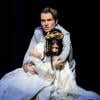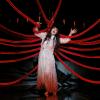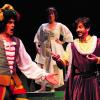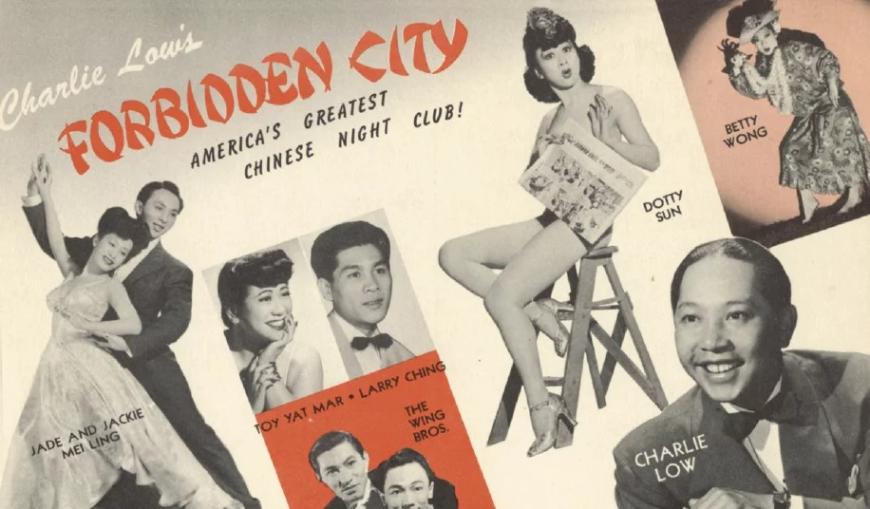
After a disastrous opening at Milan’s La Scala in 1904, Puccini revised his opera Madama Butterfly seven times. Musically, that worked well, and the opera became one of the most-performed works in music history.
On the other hand, if the composer were still alive, he might be compelled to revise it again — this time “fixing” the story and characters and getting around the basis of the plot, a white man’s acquisition of a 15-year-old Japanese girl as a “temporary wife.”
Among many current efforts at a positive alteration of the story, Boston Lyric Opera is scoring a first by having a more mature and self-assured Cio-Cio-San who lives not in Japan but in San Francisco’s Chinatown. How did we get there from Nagasaki?
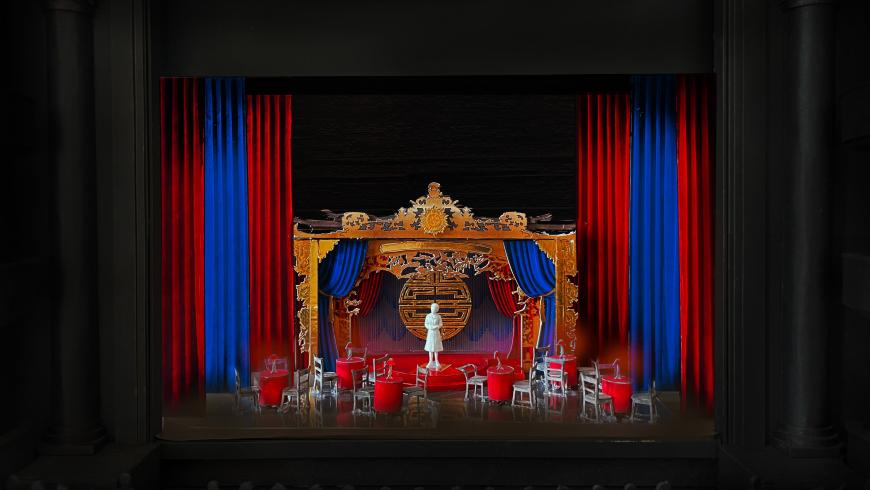
Boston Lyric’s Madama Butterfly, showing Sept. 14–24, unfolds in 1940s America under the shadow of World War II. In this world-premiere production, Cio-Cio-San is a nightclub performer, and Pinkerton is a young soldier on the eve of his deployment. The culmination of BLO’s three-year exploration of the subject, the production examines the experience of Japanese Americans and has a majority Asian cast and crew.
Boston Lyric’s The Butterfly Process reexamined the way the opera has typically been presented, as General Director Bradley Vernatter says, “in light of ongoing uncertainty of returning to live performances during the ongoing pandemic, alongside heightened racism toward Asian communities.”
Filmmaker Arthur Dong, dramaturg for the Boston production, is a San Franciscan and an expert on the history of a storied Chinese nightclub that flourished at 363 Sutter Street, between Chinatown and Union Square, in the 1940s and 1950s, popular with tourists and soldiers and sailors on leave or awaiting deployment.
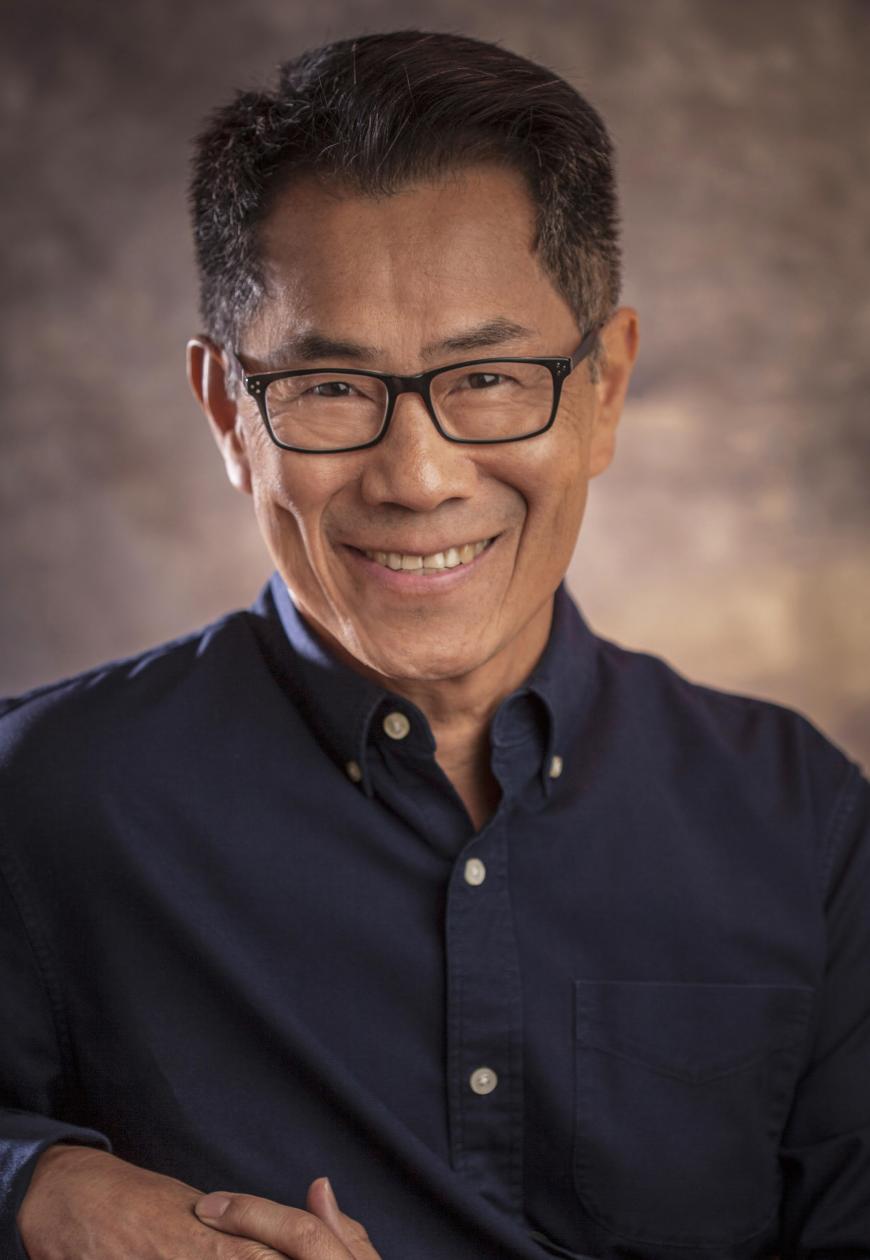
The club was called Forbidden City, after the Ming Dynasty imperial palace. In 1989, Dong released a documentary about it, Forbidden City, U.S.A., which captured a little-known chapter of entertainment history: the Chinese American nightclub scene in wartime and post-WWII San Francisco.
Last year Dong turned his research for the film into a book with the same title and once again collaborated with San Francisco’s Center for Asian American Media and its film festival in presenting works about Asian American representation, yellowface, and homophobia.
For Boston Lyric, Dong has joined a former Berkeley resident, stage director Phil Chan, to bring the Chinese American nightclub and Puccini’s Italian Japanese opera together.
As a kid growing up in San Francisco, Dong often walked by Forbidden City. “I remember distinctly looking at the marquee and the glass display case with all these wonderful black-and-white photos of Chinese American performers dressed in glamorous taffeta gowns, swing-style suits, and skin-baring showgirl costumes. I’ve seen similar outfits in classic Hollywood musicals, but they were almost never worn by entertainers who looked like me.
“During initial research for my documentary,” Dong told SF Classical Voice, “I couldn’t find much about Forbidden City or the other venues that thrived [in this] robust World War II San Francisco Chinatown nightclub scene. In conversations with Chinatown elders, they disparaged the clubs as immoral houses of prostitution better left forgotten.
“Some cultural critics and feminists I met criticized the images projected by the female performers, calling them exploitative, with sexist and racist undertones. As for mainstream entertainment historians, these nightspots were apparently not noteworthy enough to merit documentation.
“Oral histories were the key to unlocking this untold story as I located more than 100 entertainers and club staffers. Their spirit and audacity were a revelation; I was captivated by this earlier generation who defied societal norms to pursue their show business dreams.
“The storytellers and creators have passed on a wondrous legacy that continues to resonate and inform contemporary works — as we will witness in Boston Lyric Opera’s upcoming radical reenvisioning of Madama Butterfly.”
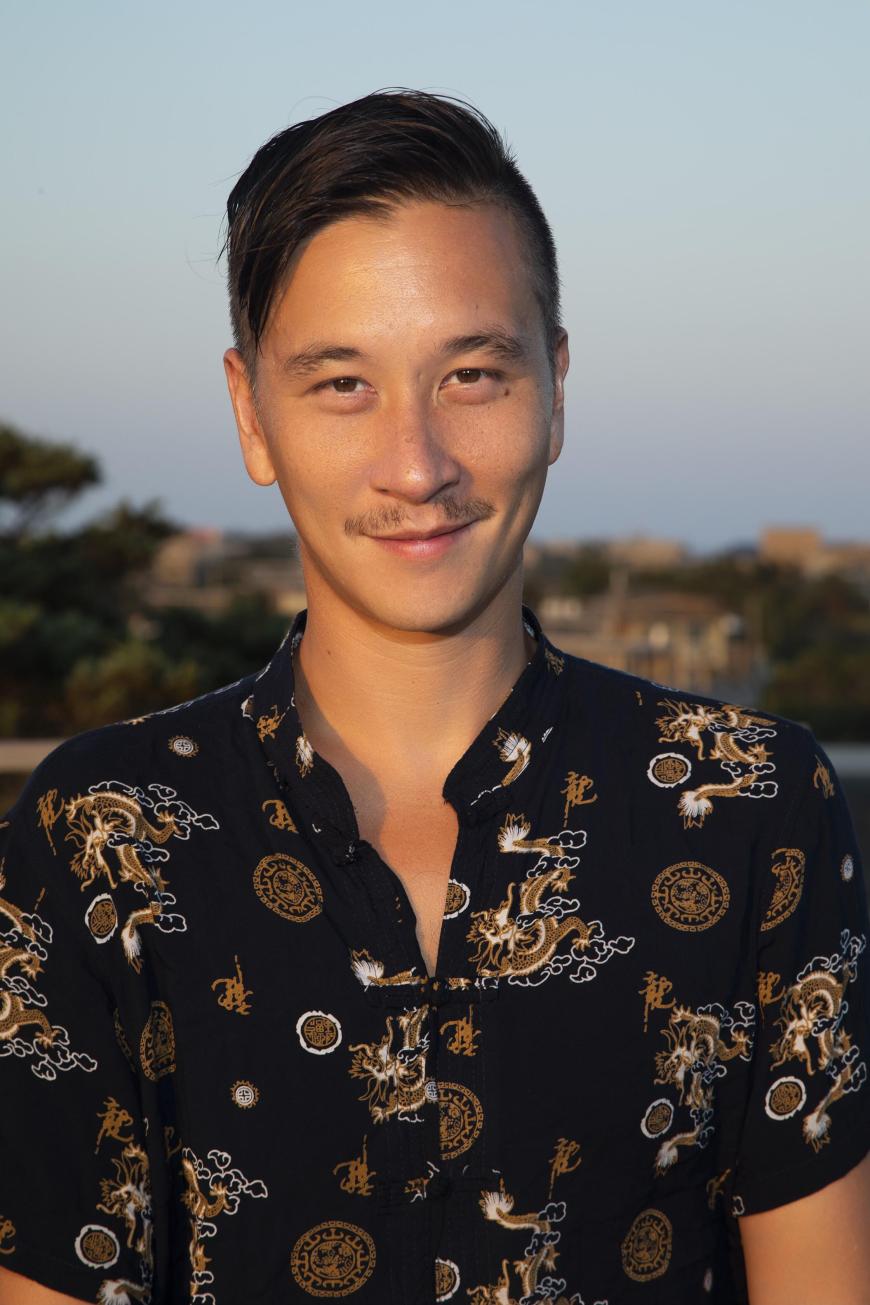
Director Chan, whose work in the Bay Area has included choreographing five ballets for Oakland Ballet, is now directing his first opera. He told SFCV:
“I moved to Berkeley from Hong Kong when I was 10 with my Chinese father and white American mother. My father still lives in Union City, surrounded by my large extended Chinese family in the East Bay, so in accordance with the Confucian tradition, I come back quite often to treat everyone to dim sum.
“I graduated from Berkeley High School and since have come back to the Bay Area as a professional artist, performing with Oakland Ballet as a guest artist and ultimately choreographing five works for the company. I also helped them launch their now-annual Dancing Moons Festival in 2022, the first time an American ballet company has dedicated a program to AAPI [Asian American and Pacific Islander] choreography.
“I first met Arthur when I was asked to moderate a discussion with him following a screening of Forbidden City U.S.A. at Lincoln Center. Arthur’s commitment to not only the film and the fabulous book but also his incredible collection of artifacts, memorabilia, and costumes from the period really inspired me as a potential setting for a reimagined Madama Butterfly — after all, ‘geisha’ in Japanese means ‘artist.’ Why couldn’t Cio-Cio-San be a jazz singer in San Francisco?
“The locale of the first act is inspired by Forbidden City and other nightclubs from the period, which will be how we whisk audiences back to the neon-lit bustle of San Francisco Chinatown while retaining the full Puccini score.”
The San Francisco connection prevails in BLO’s casting as well. The title role will be sung by soprano Karen Chia-ling Ho, who appeared in Bright Sheng’s Dream of the Red Chamber at San Francisco Opera and covered Cio-Cio-San at the War Memorial a couple of months ago.
Mezzo-soprano Alice Chung, a Merola Opera Program alumna, sings Suzuki, a role which she covered in SF Opera’s June performances. Dominick Chenes is Pinkerton, Troy Cook is Sharpless, and Rodell Rosel is Goro.
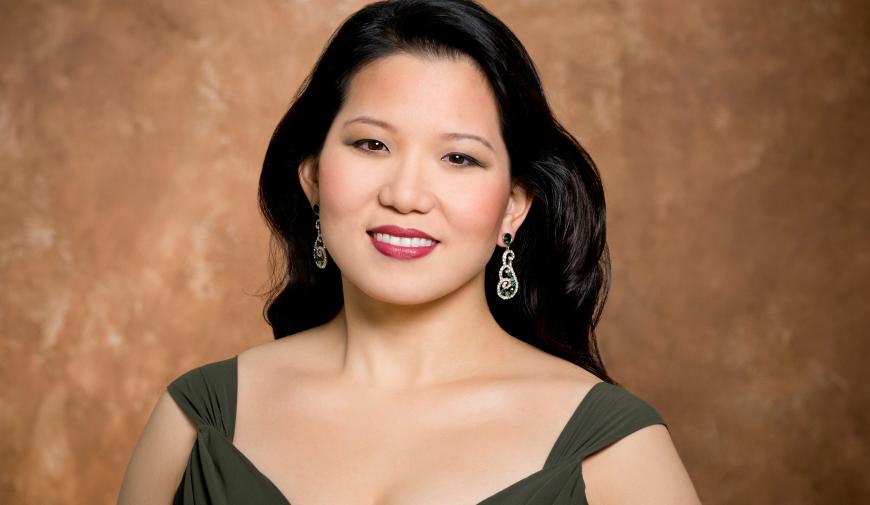
David Angus conducts, Yu Shibagaki is set designer, Sara Ryung Clement is costume designer, Jeanette Oi-Suk Yew is lighting designer, and Michael Sakamoto is choreographer.
“The journey to this production has been enormously rewarding, challenging, and eye-opening,” says General Director Vernatter.
“Not only has The Butterfly Process guided our work on operas from the inherited repertoire like this one, it also has begun to inform much of the artistic work we do as an organization. By investigating this historical masterwork and facing its legacy — both positive and negative — we are better equipped to produce an inclusive, intentional future for the art form that includes operas like Madama Butterfly.”


